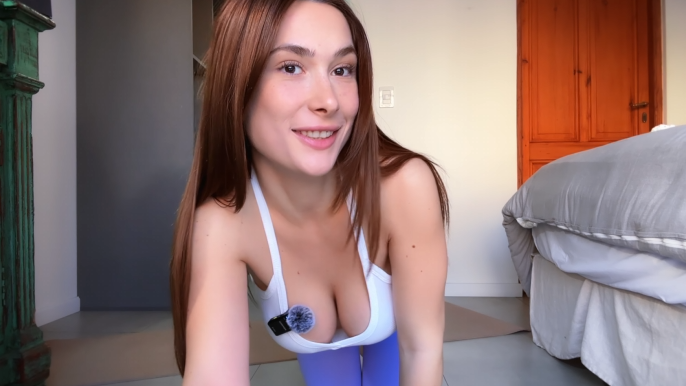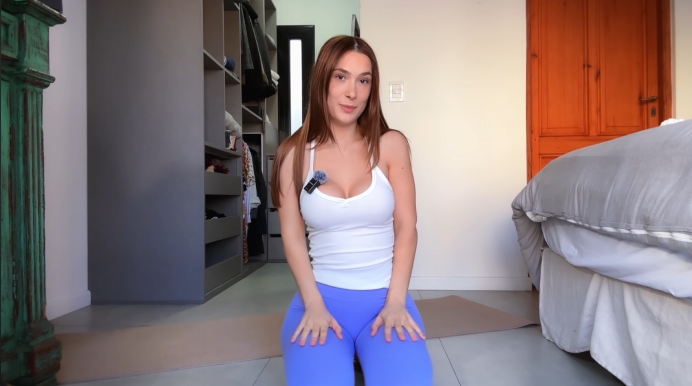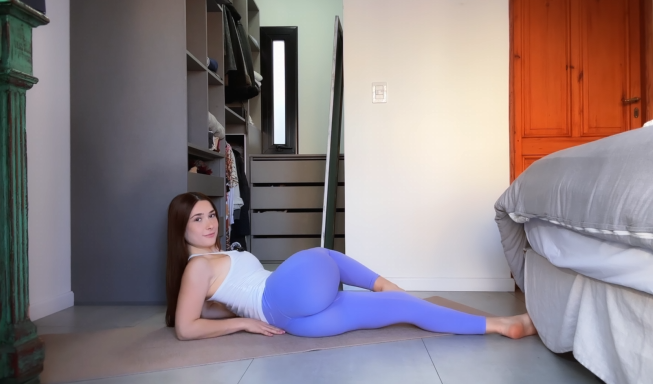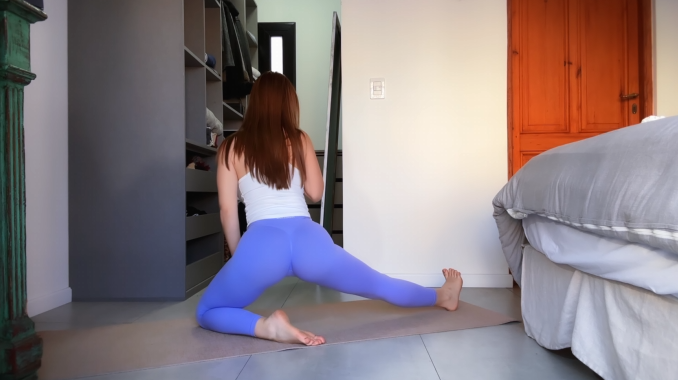
Tight hips are a common problem in our modern lifestyles. Whether you sit for long hours at a desk, drive frequently, or engage in physically demanding activities, your hip muscles are likely to become tight over time. Deep hip opening yoga offers a powerful solution—not only physically, but emotionally and energetically as well. This practice targets the hip joints, surrounding muscles, and connective tissue to release tension, increase mobility, and promote a profound sense of relaxation and openness.
Why Focus on the Hips?
The hips are one of the largest and most complex joints in the body. They support your weight, stabilize your core, and allow for a wide range of motion. However, they also serve as a storage area for stress, trauma, and unexpressed emotions. Many yoga practitioners and teachers refer to the hips as a “junk drawer” of emotional tension. When you engage in deep hip-opening poses, you may find yourself experiencing unexpected feelings—tears, laughter, frustration—as the body lets go of long-held tension.
Beyond emotional release, tight hips can lead to a range of physical issues such as lower back pain, poor posture, reduced balance, and limited mobility. Deep hip-opening yoga helps to correct these issues by improving flexibility in the hip flexors, glutes, piriformis, and inner thighs. The benefits extend to better movement in everyday life and reduced risk of injury.

Key Muscles Involved in Hip Opening
Deep hip opening yoga poses target several important muscles:
- Hip Flexors (Psoas and Iliacus): These muscles are often shortened from long periods of sitting.
- Glutes (Gluteus Maximus, Medius, and Minimus): Vital for stability and movement.
- Piriformis: A small but powerful muscle located deep in the buttocks.
- Adductors (Inner Thigh Muscles): Help with side-to-side motion and stability.
- Hamstrings and Quadriceps: Though not directly in the hips, they support overall hip movement.
Best Deep Hip Opening Yoga Poses
Here are some effective poses for deep hip opening, along with tips for practicing them safely and effectively:
1. Pigeon Pose (Eka Pada Rajakapotasana)
This is one of the most popular and intense hip openers in yoga.
- How to do it: Begin in a tabletop position. Bring your right knee forward and place it behind your right wrist. Extend the left leg straight behind you. Square your hips and fold forward over your bent leg.
- Benefits: Opens the hip flexors and rotators; stretches the glutes and piriformis.
- Tip: Use a block or folded blanket under the hip for support if needed.
2. Lizard Pose (Utthan Pristhasana)
A deep lunge that targets the inner thighs and hip flexors.
- How to do it: From a low lunge, bring both hands inside the front foot. Walk your front foot slightly to the side. Lower your elbows to the floor or onto blocks.
- Benefits: Opens hip flexors, hamstrings, and groin.
- Tip: Keep the back leg strong and extended for balance.
3. Frog Pose (Bhekasana)
This pose targets the inner hips and groin, offering a deep stretch.
- How to do it: Start on hands and knees. Widen your knees as much as comfortable while keeping the feet in line with the knees. Lower to your forearms or stay on your hands.
- Benefits: Stretches inner thighs and groin.
- Tip: Go slowly into this pose; it can be very intense.
4. Garland Pose (Malasana)
A deep yogic squat that promotes hip flexibility and lower body strength.
- How to do it: Squat with feet slightly wider than hip-width apart, toes turned out. Bring your palms together at your heart and press your elbows into your knees.
- Benefits: Opens hips and stretches the ankles and back.
- Tip: If heels don’t touch the ground, place a folded towel underneath.
5. Butterfly Pose (Baddha Konasana)
A gentle pose that opens the inner hips.
- How to do it: Sit on the floor, bring the soles of your feet together, and let the knees fall to the sides. Hold your feet and gently press down on the knees with your elbows.
- Benefits: Stretches inner thighs and groin.
- Tip: Sit on a blanket to support a straight spine.

How to Practice Safely
- Warm Up First: Don’t jump into deep hip openers cold. Start with some gentle stretches and sun salutations to warm the body.
- Use Props: Blocks, straps, and bolsters can help you ease into positions without straining.
- Listen to Your Body: Hip joints are sensitive, and forcing poses can cause injury. Ease into poses and never force your body.
- Breathe Deeply: Use the breath to support your movement. Inhale to lengthen, exhale to relax into the pose.
- Hold Poses Longer: Deep hip opening requires time. Hold each pose for at least 1–3 minutes to allow muscles and connective tissue to release.
Emotional Release and Mindfulness
Hip opening yoga is not just about flexibility; it’s a deeply meditative and emotional experience. Many people feel unexpected emotions while practicing these poses. This is natural and a sign that you are releasing stored tension. Practicing mindfulness—being present with your breath and bodily sensations—can enhance the experience and help you process emotions as they arise.
Consider ending your hip-opening practice with a seated meditation or a long Savasana (final resting pose). This gives your nervous system time to integrate the effects of the practice.

Creating a Hip-Opening Sequence
Here’s a sample 30-minute routine:
- Cat-Cow Pose – 2 minutes (warm-up)
- Low Lunge (Anjaneyasana) – 1 minute each side
- Lizard Pose – 2 minutes each side
- Pigeon Pose – 2 minutes each side
- Frog Pose – 3 minutes
- Butterfly Pose – 2 minutes
- Garland Pose – 2 minutes
- Seated Forward Fold – 2 minutes
- Reclined Twist – 1 minute each side
- Savasana – 5 minutes

Final Thoughts
Deep hip opening yoga is a powerful practice that goes beyond stretching. It improves physical mobility, supports joint health, and promotes emotional healing. By regularly incorporating hip-opening poses into your yoga routine, you can experience a more open, flexible, and relaxed body—and perhaps even a lighter heart.
Whether you’re a beginner or a seasoned yogi, take your time with these postures. Let go of the need to “achieve” the perfect pose, and instead focus on what your body needs today. Over time, you’ll discover that the hips—when opened with care and consistency—can become a gateway to freedom, both on and off the mat.


